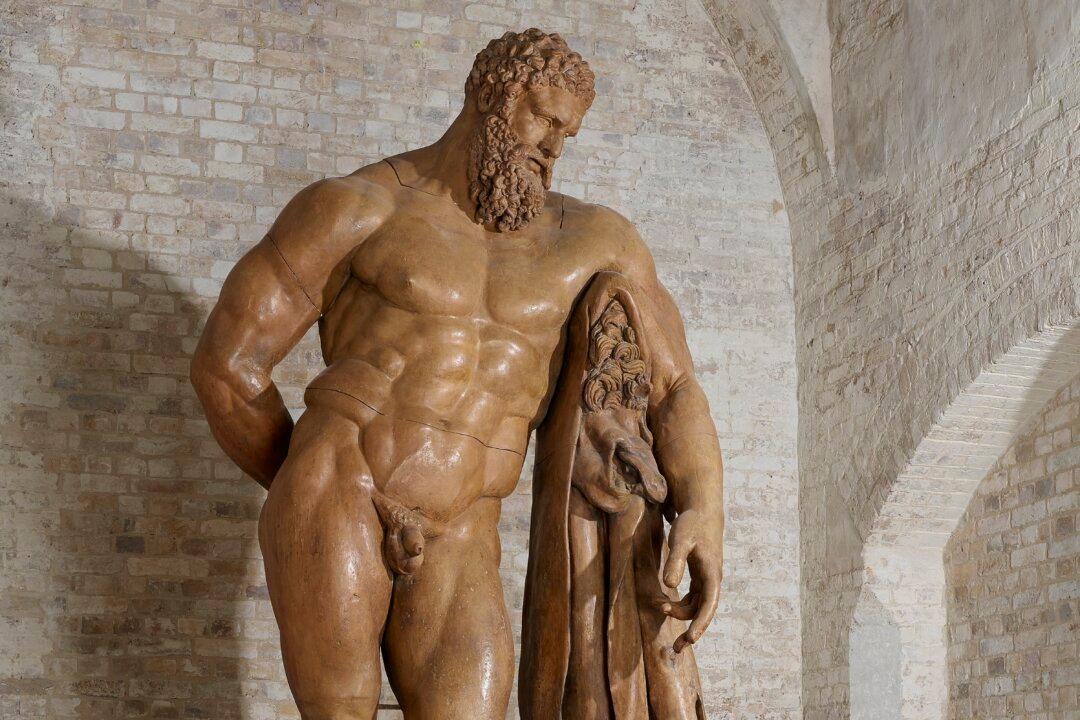Helen Valentine, senior curator at the Royal Academy of Arts in London, shares her short talk on the “Farnese Hercules,” the largest plaster cast in the Royal Academy’s collection, at 10 feet, 5 inches high.
The “Farnese Hercules” came to the academy at the end of the 18th century, around 1791. When the Royal Academy was founded in 1768, part of its founding principles and aspirations was to set up a school to train artists. The first students arrived in 1769, and at that time, the curriculum was very clearly defined. All students, whether they focused on painting, sculpture, or architecture, had to master the skill of drawing, and in particular the skill of drawing from plaster casts.






